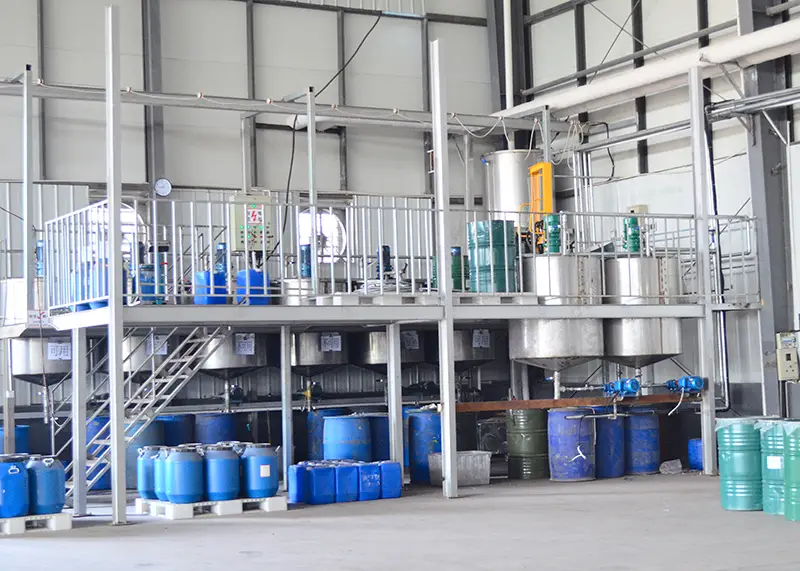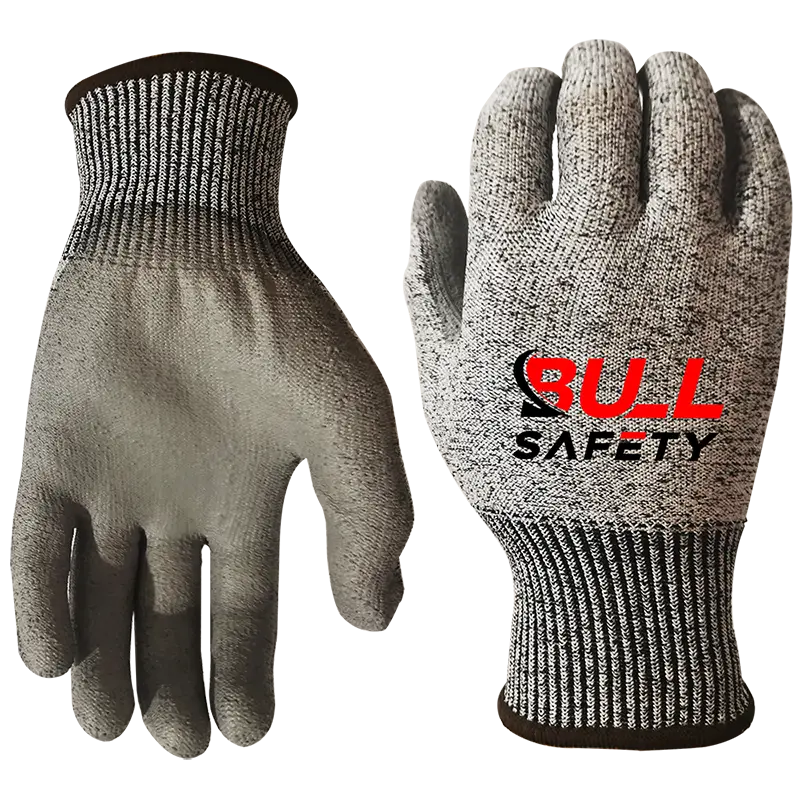 Rubber Material
Rubber Material
PU coating is a popular material used in various applications, from gloves to furniture. But what exactly is it, and how safe and durable is it? Let’s explore the key aspects of PU coating.
PU coating is a synthetic material known for its flexibility, strength, and water resistance. It’s used in multiple industries, but its safety and durability are often questioned. Let’s dive into the facts.
Whether you’re looking to use PU-coated products in your business or daily life, understanding the material’s properties is crucial. Let’s break down the common questions surrounding PU coating.
Is PU coating safe?
Safety is one of the primary concerns when choosing materials like PU coating for different products. But is PU coating safe for use?
Yes, PU coating is generally safe. It is non-toxic and does not release harmful chemicals when used properly. However, like any synthetic material, it is important to follow manufacturer instructions for safe use.
 Bullsafety 13 Gauge 4X43D A4 PU cut resistant gloves
Bullsafety 13 Gauge 4X43D A4 PU cut resistant gloves
PU coating is made from polyurethane, a synthetic polymer that is widely used in manufacturing. PU is known for its low toxicity and its ability to resist moisture and wear. Unlike materials like PVC, PU does not contain harmful phthalates, making it safer for prolonged contact.
However, the safety of PU coating can depend on the specific formulation and the presence of additives used during production. It’s essential to ensure that products with PU coating meet necessary safety certifications, such as Oeko-Tex or REACH, especially for items like clothing or gloves that come in direct contact with the skin.
Common Applications of PU Coating
| Application Type | Safety Considerations |
|---|---|
| Footwear | Safe, but may require ventilation |
| Work Gloves | Non-toxic, but check certifications |
| Upholstery | Safe, but may degrade with wear |
| Medical Products | Requires certifications like Oeko-Tex |
Is PU plastic or rubber?
PU coating is often compared to plastic and rubber. But where does it stand in this debate?
PU coating is neither fully plastic nor rubber. It is a type of synthetic polymer that combines properties of both, making it versatile for different uses.
PU (Polyurethane) is a versatile material that can be made to mimic both plastic and rubber. As a polymer, it has the flexibility and durability of rubber but also the hardness and resistance of plastics. The difference lies in the chemical structure and how it’s processed.
- Plastic Properties: When PU is processed into a rigid form, it behaves like plastic. It’s durable, resistant to abrasion, and can be molded into various shapes and forms.
- Rubber Properties: When made into a flexible or soft form, PU exhibits rubber-like qualities. It’s stretchable, elastic, and resistant to wear and tear.
PU’s hybrid nature allows manufacturers to adjust its characteristics to suit different needs, whether it’s for flexible coatings or rigid components.
Does PU mean plastic?
It’s common to hear that PU means plastic, but is that really true?
PU stands for polyurethane, which is a type of plastic. However, PU is different from typical plastics due to its unique molecular structure and versatility.
PU (polyurethane) is indeed a type of plastic, but it differs from conventional plastics like polyethylene or polypropylene. The key difference lies in its molecular structure, which is a combination of both hard and soft segments. This allows PU to be more flexible and durable compared to many other plastics.
- Versatility: PU can be manufactured in various forms, from rigid plastics used in furniture and construction materials to flexible foams used in clothing, shoes, and padding.
- Environmental Considerations: Polyurethane is often seen as more environmentally friendly compared to other plastics because it can be produced with fewer toxic by-products. However, it is still not biodegradable and should be recycled appropriately.
Despite being a plastic, PU offers a wider range of applications due to its flexibility and resilience.
Is PU plastic or leather?
PU is often used as an alternative to leather. But is PU more like plastic or leather?
**PU is a synthetic material that mimics leather, but it is actually a type of plastic. It’s used as a leather alternative because of its appearance, texture, and durability.
PU (polyurethane) is a popular alternative to natural leather due to its similar appearance and texture, but it’s technically a type of plastic. PU leather is created by applying a thin layer of polyurethane to a fabric base, creating a material that looks and feels like leather but without using animal products.
- Appearance and Feel: PU leather can closely resemble real leather in both appearance and feel, which makes it a preferred choice in fashion and upholstery.
- Environmental Impact: While PU leather is a more sustainable option compared to traditional leather (which requires animal farming), the production of PU leather still involves petrochemical processes, which can have environmental impacts.
Despite the similar look, PU is more affordable, easier to maintain, and does not require animal resources, which makes it an appealing choice for various industries.
Key Differences Between PU Leather and Real Leather
| Feature | PU Leather | Real Leather |
|---|---|---|
| Source | Synthetic (Plastic-based) | Natural (Animal-based) |
| Durability | Less durable, more prone to wear | Highly durable and long-lasting |
| Environmental Impact | More eco-friendly than real leather | Involves animal farming, not biodegradable |
Is PU finish durable?
Durability is a key factor when choosing PU-coated products. But how durable is the PU finish in the long term?
The durability of a PU finish depends on its use, but generally, PU coatings are quite durable and resistant to wear, tear, and environmental factors.
The durability of PU finishes is one of the reasons for its popularity in various industries. The material is highly resistant to abrasion, water, and certain chemicals, making it ideal for products exposed to rough environments.
However, the overall durability can depend on the specific application and how well the product is maintained:
- Light Use: For items like furniture or clothing, PU finishes last a long time without much wear.
- Heavy Use: For work gloves or industrial applications, the PU finish may degrade faster if exposed to harsh conditions like high friction or extreme temperatures.
To extend the lifespan of PU-finished products, it’s important to follow care instructions and avoid exposure to harsh chemicals or excessive wear.
Factors Affecting the Durability of PU Finishes
| Factor | Impact on Durability |
|---|---|
| Exposure to Sunlight | UV rays can degrade the finish |
| Abrasion | Constant friction can cause wear |
| Chemical Exposure | Harsh chemicals can break down the coating |
| Temperature | Extreme heat or cold can damage the finish |
Conclusion
PU coating is a versatile and durable material with many uses, from protective gloves to fashion accessories. While it shares some properties with both plastic and leather, its unique characteristics make it a popular choice for a wide range of applications.



